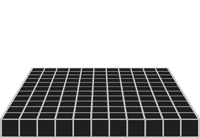I'm betting PGM will still have a place in the clinic, there just are not that many clinically relevant things to screen for on a mass scale. Though for some clinical assays like MRD assays or gene expression a bit higher read count would be nice and it is scary to hear that the PGM may be limited to around 10M sensors when the 318 is at 12M... sounds like a 320 chip is not coming... Argh
Now I'm hoping our 4 PGM order didn't go out the door, what did Nick call it... The Osborne Effect
Now I'm hoping our 4 PGM order didn't go out the door, what did Nick call it... The Osborne Effect



Comment